What is good for Warren Buffett is good for art. Frieze week is around the corner and the inevitable questions about the art market come up. Is it the right time to buy art? Will a purchase sustain its value? Panicky reports on certain contemporary artists’ bubble-burst emerged last week. As with any other sizeable purchase, it is all about confidence. Would you buy or sell a property, a supercar or any other investment without understanding the market or finding the right counselling to guide you in the process?
I thought so.
Once the bubble bursts the path ahead is clear of auction-room inflated prices. Some could argue it is just the beginning of another cycle. That’s why you need to remain alert. If your primary motive is artistic value, you have less to worry about because you will naturally hold onto your art collection for longer. The artworks that we admire today in private and public collections largely started with one individual’s passion for the arts. In turn, those collections are now in most cases invaluable.
You may, although you don’t need to, hold onto your artworks forever. The key would be to manage the risks by knowing what you are doing when it comes to buying and selling and as Warren Buffett would say “only buy something that you’d be perfectly happy to hold if the market shut down for 10 years”.
We know the to-do checklist when buying art: Research. Condition. Documentation. Conservation. Insurance. I wrote earlier this year an article covering this information with a focus on collecting photography. This broadly applies to other art media as well but, by all means, each artwork needs to be considered individually.

tamper evident security hologram stickers and lacquer on PET sheet
175 by 100 cm. 68 7/8 by 39 3/8 in.
Sotheby’s: Contemporary Art Day Auction, 8 October 2016
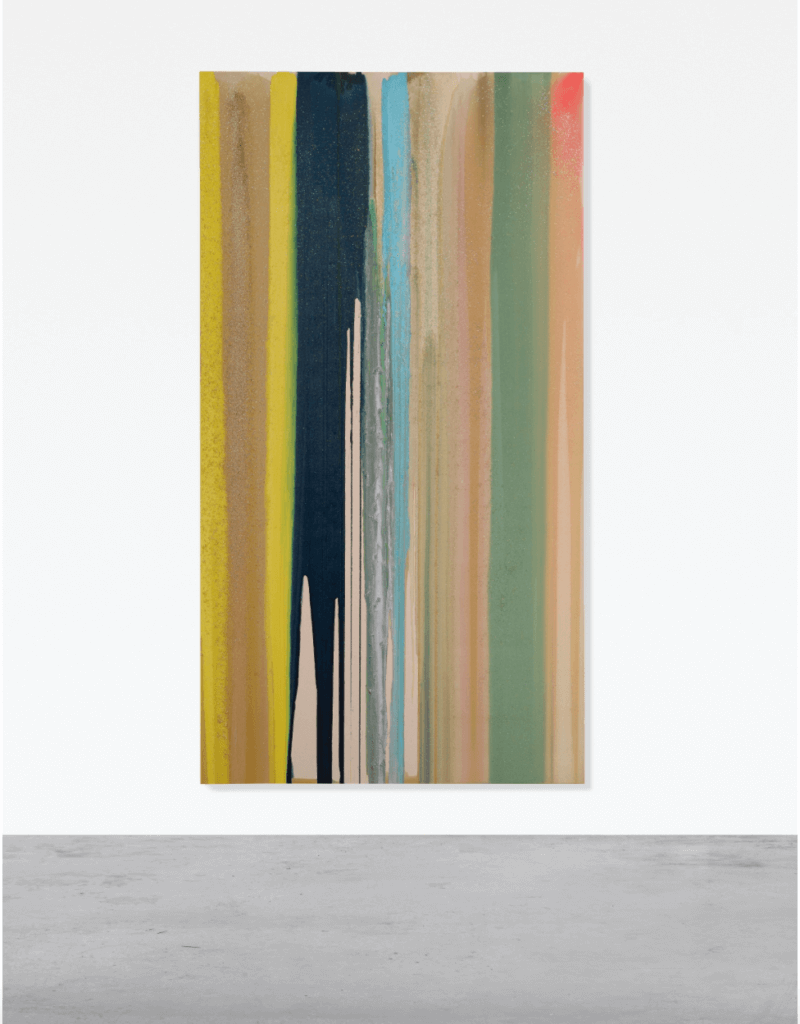
Aster Amellus
signed, titled and dated 2006 on the overlap
mixed media on canvas
260.4 by 139.7 cm. 102 1/2 by 55 in.
Sotheby’s: Contemporary Art Day Auction, 8 October 2016
Today I would like to stress one thought when buying art: To think of the long term.
Dig deep. Immediate gratification will turn into boredom and randomness soon. This is unpopular because we live in an age of immediate gratification. We have the attention span of a fly and we don’t question further why we are attracted to something. You will love your purchases more and for longer if you dig deep and are able to point what attracts you to it, how it makes you feel or what main critical thought are brought to the fore. Learn about the artist’s thinking, making process and career evolution. Question why the work is made in a specific way; its materials; where and how it is displayed, etc. If you are considering a corporate collection, how does a piece reflect the company’s ethos or spirit?

signed, titled and dated ‘MICHAËL M.C.G. BORREMANS “The Shirt” 2002’ on the reverse
oil on canvas
42 x 50 cm (16 1/2 x 19 5/8 in.)
Phillips: 20th Century & Contemporary Art Day Sale, 5 October 2016
Study the artist’s track record. Ascertain what artists speak to you and if they will sustain their ground in the long term. Is their work consistent and grounded on critical thinking? Is it supported by a good gallery and does it have critical and institutional respect? Buying to suit your taste is paramount and fantastic but if you expect to sustain or increase its value, this point is key.

signed, titled, dated and numbered ‘Wolfgang Tillmans “Paper Drop-Haze” 2011 1/3+1’ on the reverse
chromogenic print
50 x 61 cm (19 5/8 x 24 in.)
Executed in 2011, this work is number 1 from an edition of 3, plus 1 artist’s proof.
Phillips: 20th Century & Contemporary Art Day Sale, 6 October 2016
Study the artwork’s track record. Provenance. The ownership history of a work is a major ‘pedigree’ factor and therefore value. It also helps to clear up that there are no ownership questions which may involve theft or war-time looting. If you are considering a secondary market artwork, its provenance will also give an indication of how often it has changed hands. Whilst it shouldn’t really matter, the ideal is that the work has come up at auction or through private sale as few times as possible. Previous auction sales will tell you the price it went for in the past.
Collections sell better when presented together than as individual items. This is testament of the collecting mind and energy power-house behind a collection. It will speak of an individuals’ personality or an institution’s corporate style and progression. Enjoying and holding onto an artwork for longer will allow you to make it available for loans and exhibitions, increasing its visibility and critical discussion around it. In turn, this will benefit the individual piece as well as the overall collection.
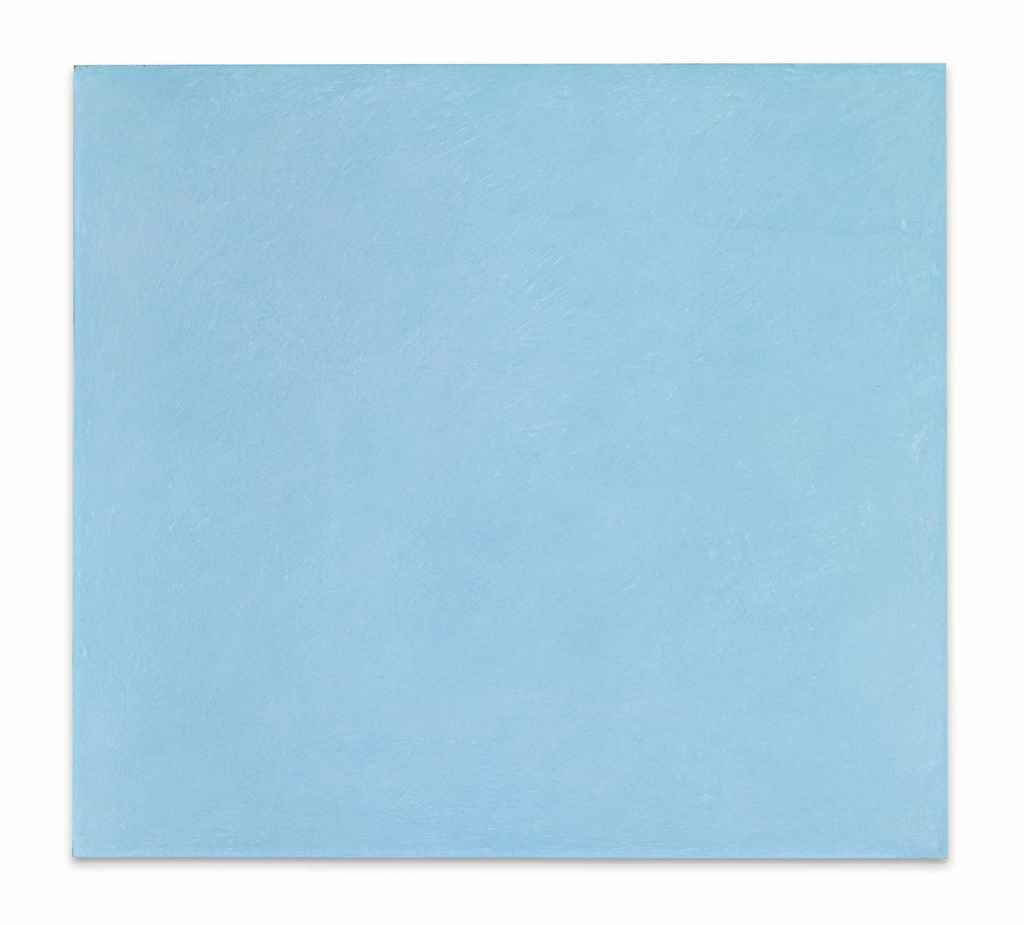
Diario dei colori (Diary of colours), 1992
colour impasto on panel
19 5/8 x 21 5/8in. (50 x 55cm.)
Christie’s: Post-War & Contemporary Art Day Auction, 7 October 2016

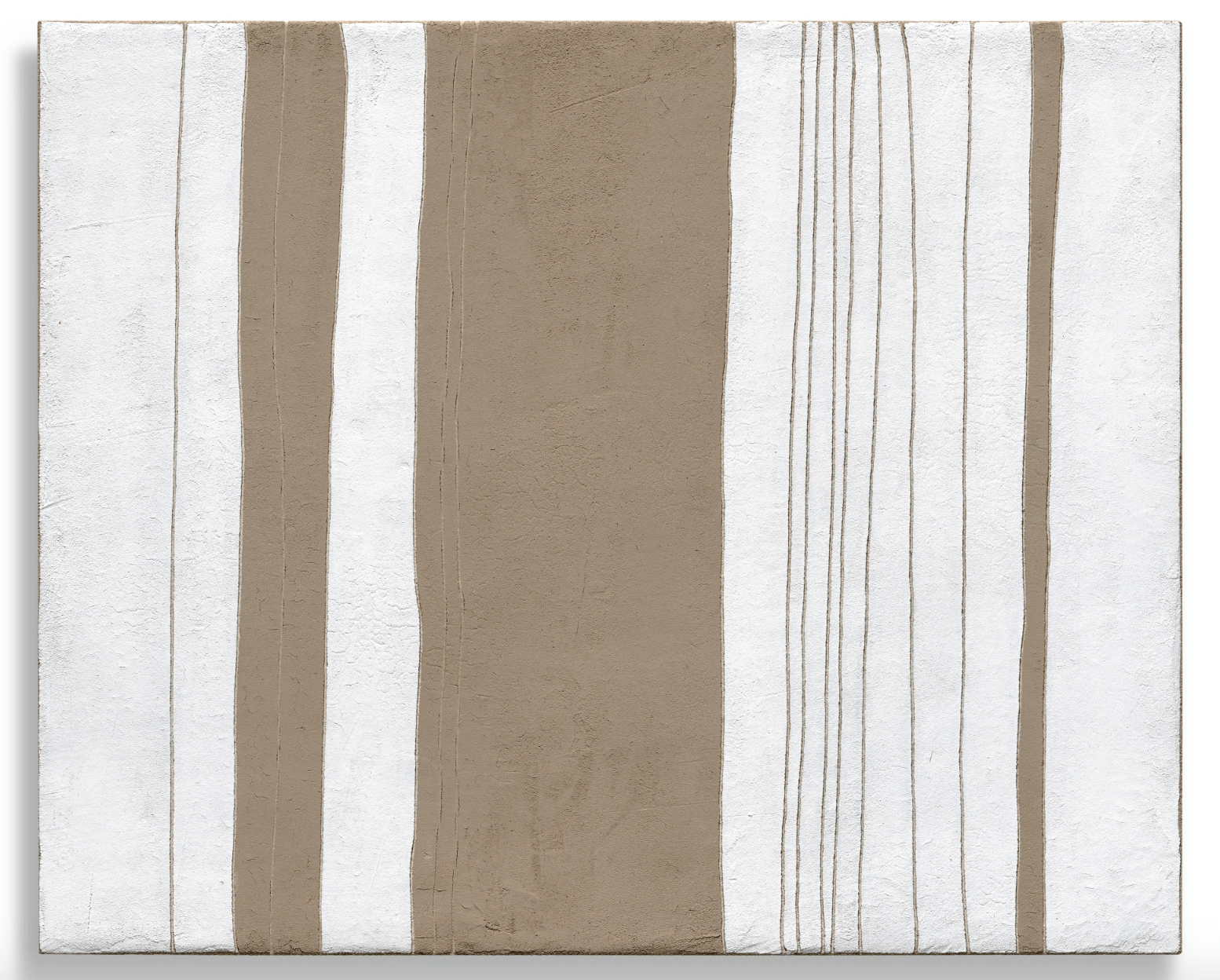
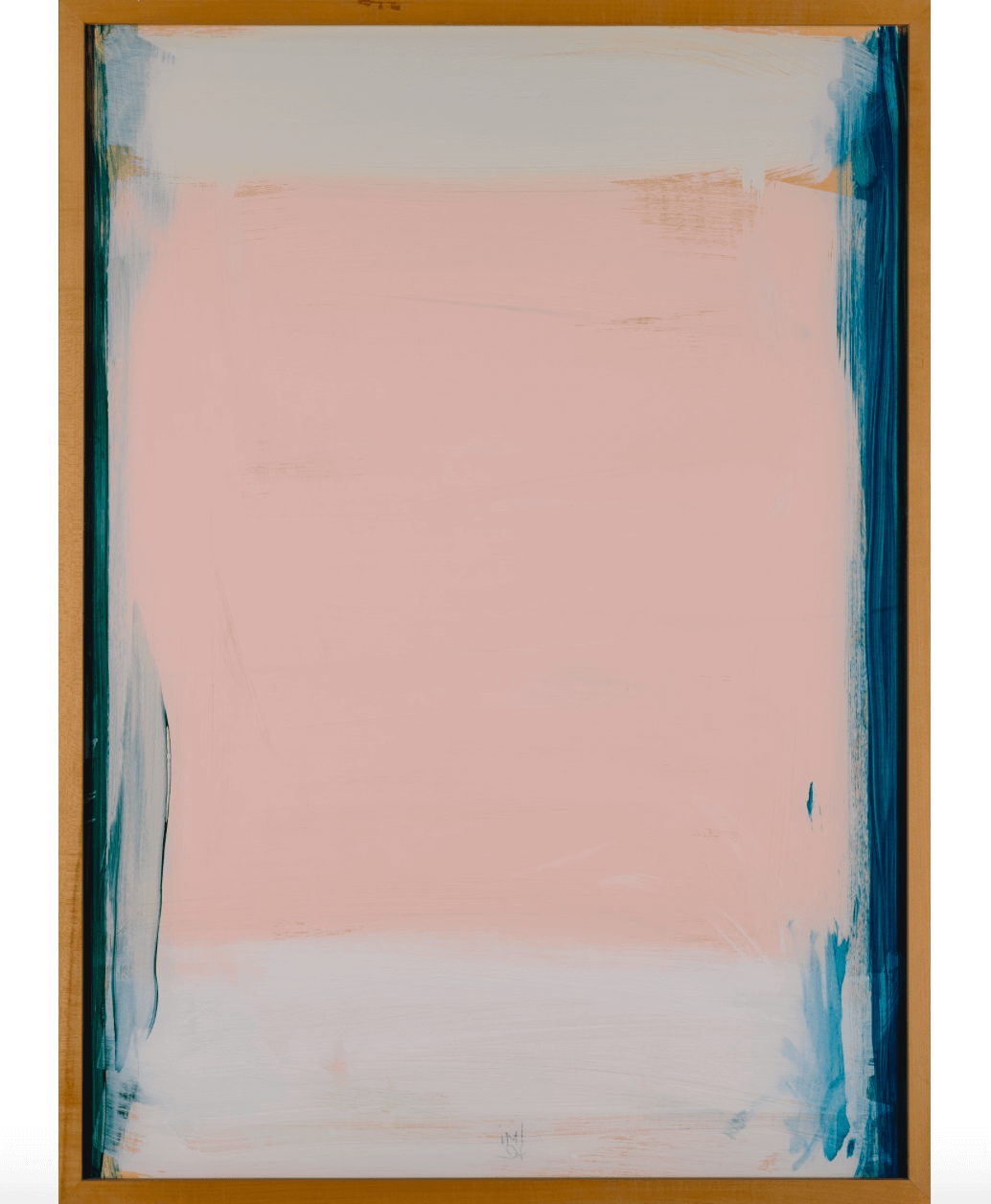
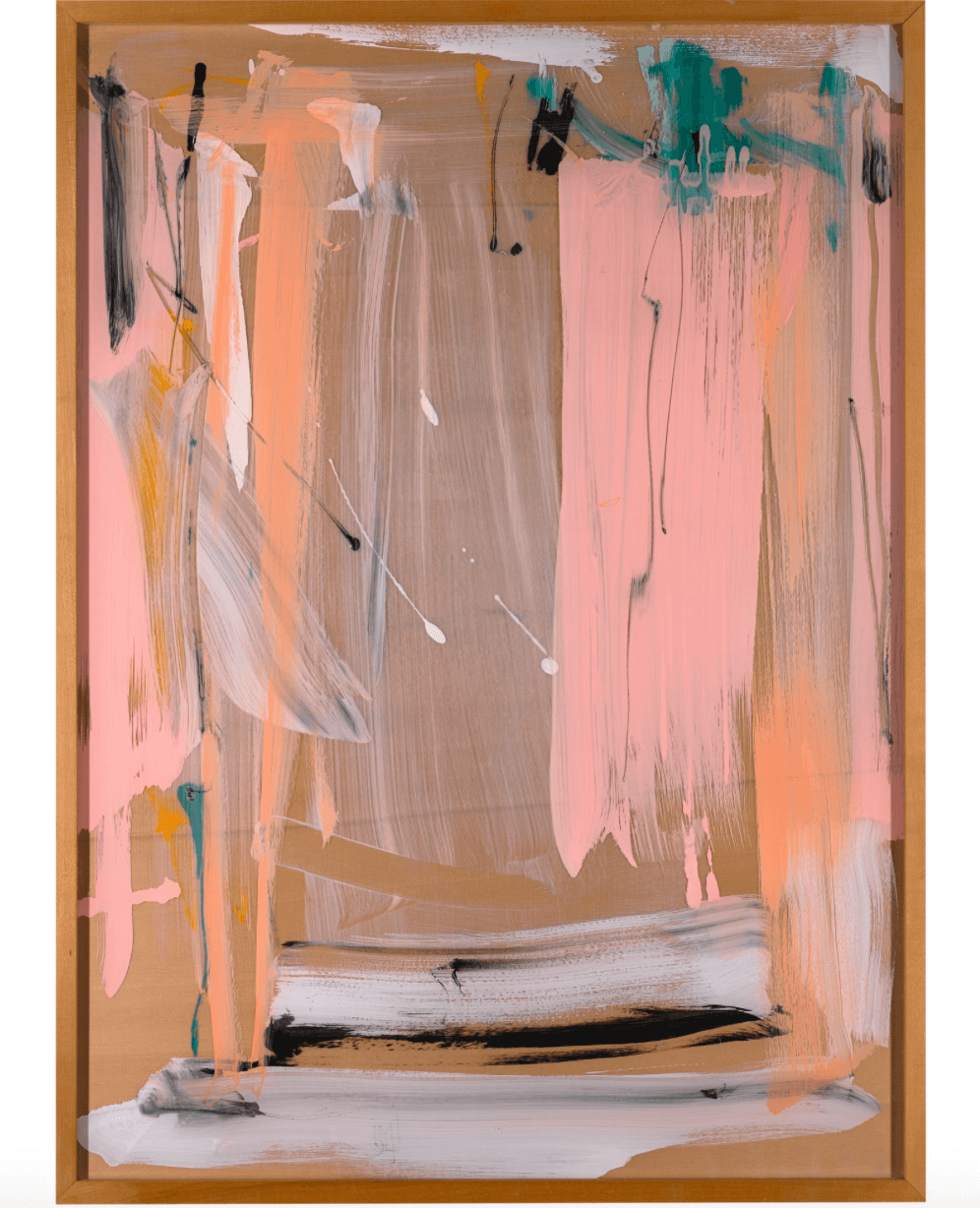
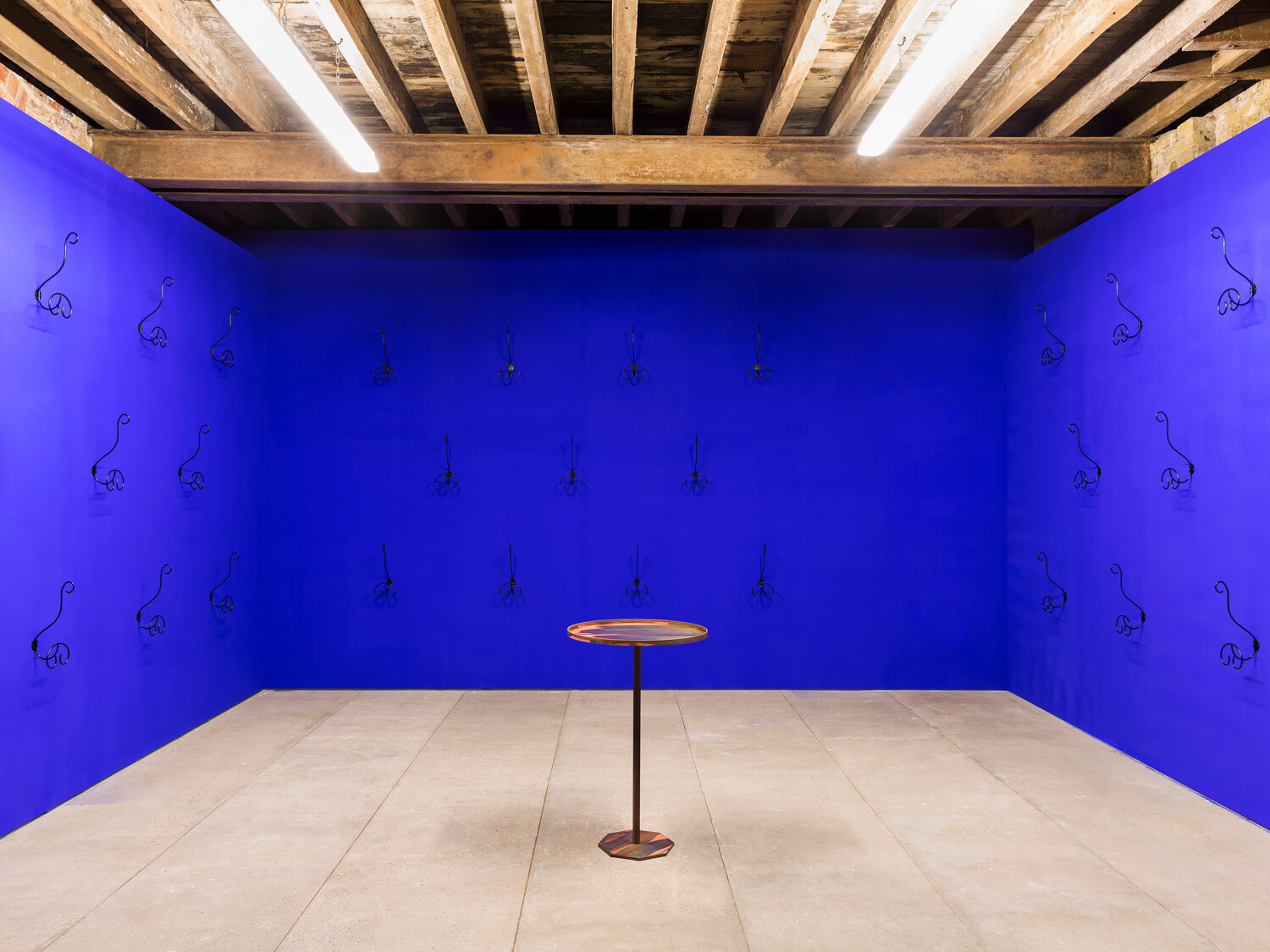


2 Comments